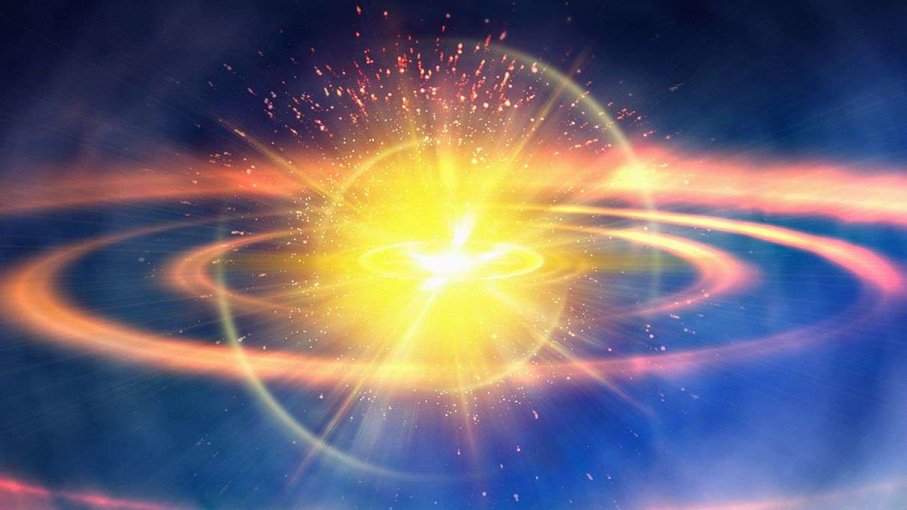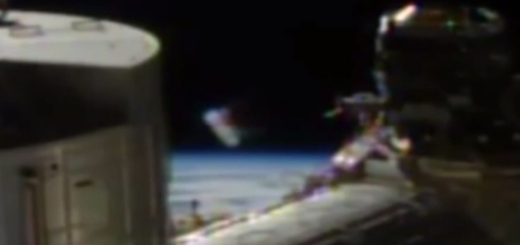Astronomers Investigating Planetary Birth Make Discoveries Around Baby Stars

Nobody is sure exactly how many planets there are in the universe, but it’s undoubtedly a number that’s got an awful lot of zeroes. After all, by NASA’s estimate our Milky Way galaxy alone contains about 100 billion planets, including at least 1,500 that are within 50 light years of Earth.
In fact, they’re so common that scientists now think that stars with planets orbiting them are more the rule than the exception. Some of those worlds are rocky planets like ours, while others are enormous gas giants that have more in common with Jupiter, Saturn and Neptune. But while we know that planets are plentiful, we still have plenty to learn about the process by which planets form from dust that swirls around their suns.
That’s why astronomers have turned their gaze to young stars hundreds of light-years from Earth, in an effort to watch new worlds that are just starting to take shape. One such effort is the recently completed VLA Nascent Disk and Multiplicity (VANDAM) Survey.
That project used the Very Large Array, a collection of 27 radio telescopes in a Y-shaped configuration in the plains of New Mexico, to study 100 young stars in the Perseus Cloud, a star-forming region that’s about 750 light-years in the constellation Perseus. (That means that what they are observing actually happened during the late Middle Ages here on Earth, since that’s how long it has taken the radio waves generated by those objects to reach us.)
The thing to understand about both stars and their solar systems is that they all start out as a big cloud of gas and dust. As this Universe Today article explains, eventually something happens — a supernova explodes nearby, for instance, or a passing star exerts its gravity — to change the pressure inside the cloud, causing it to collapse into a disk. The pressure at the center becomes so great that hydrogen atoms begin to fuse and produce helium, starting up the nuclear furnace inside the young star. Meanwhile, whatever material doesn’t become part of the star starts to form other dusty discs, which become planets.
Pause
Unmute
Remaining Time -3:14
Picture-in-Picture
Fullscreen
As the California Academy of Sciences details, up until VANDAM, astronomers had only observed a few of those dusty discs around young stars, because they’re not that easy to detect. VANDAM was able to make out the disks around a quarter of the stars in the survey.
At the meeting of the American Astronomical Society in early January, a team led by University of Illinois researcher Dominique Segura-Cox used data from the VANDAM survey to shed new light on the nature of dusty disks and the process by which they form and eventually become planets.
The researchers found that the dusty disks around some protostars, as young stars are called, are even bigger than theoretical models have predicted. Those models are based on the idea that as the material around a young star is drawn inward toward it, the star also pulls in magnetic fields, which become concentrated as they get closer. That effect, which is called magnetic breaking, supposedly limited the size of the dusty disks to a radius of roughly 10 times the 93-million-mile expanse between the Earth and the Sun.
Inset
Stars form from disks of gas and dust; when they die, as here in the Ring Nebula in a Spitzer Space Telescope image, they contract into a cloud of gas and dust.
UNIVERSAL HISTORY ARCHIVE/GETTY IMAGES
But Segura-Cox and her colleagues found that the dusty disks around some of the young stars are as much as three times larger than the magnetic breaking model predicted, and perhaps even bigger. The researchers think this might be caused by some sort of misalignment between the rotation axis and the magnetic field of the young star. A study published in 2014, which also used VANDAM data, found that the material being pulled toward one young star is twisting the magnetic field lines and changing their configuration along the way.
But the most significant thing discovered may be that the dusty disks seem to form very early in the life of a young star, and that all of the ingredients needed to make a planet are available then. As John Tobin, an astronomer from the Netherlands’ Leiden Observatory who also represented research on dusty disks at the same conference, explained in a press release: “It is probable that there are already centimeter-sized particles in these young disks, meaning that the growth of solids progresses rapidly.”



 Creators of mankind
Creators of mankind Description of “Tall white aliens”
Description of “Tall white aliens” Where they came from?
Where they came from? About hostile civilizations
About hostile civilizations The war for the Earth
The war for the Earth “Tall white aliens” about eternal life
“Tall white aliens” about eternal life Video: “Nordic aliens”
Video: “Nordic aliens” Aliens
Aliens Alien encounters
Alien encounters The aliens base
The aliens base UFO
UFO Technology UFO
Technology UFO Underground civilization
Underground civilization Ancient alien artifacts
Ancient alien artifacts Military and UFO
Military and UFO Mysteries and hypotheses
Mysteries and hypotheses Scientific facts
Scientific facts


















